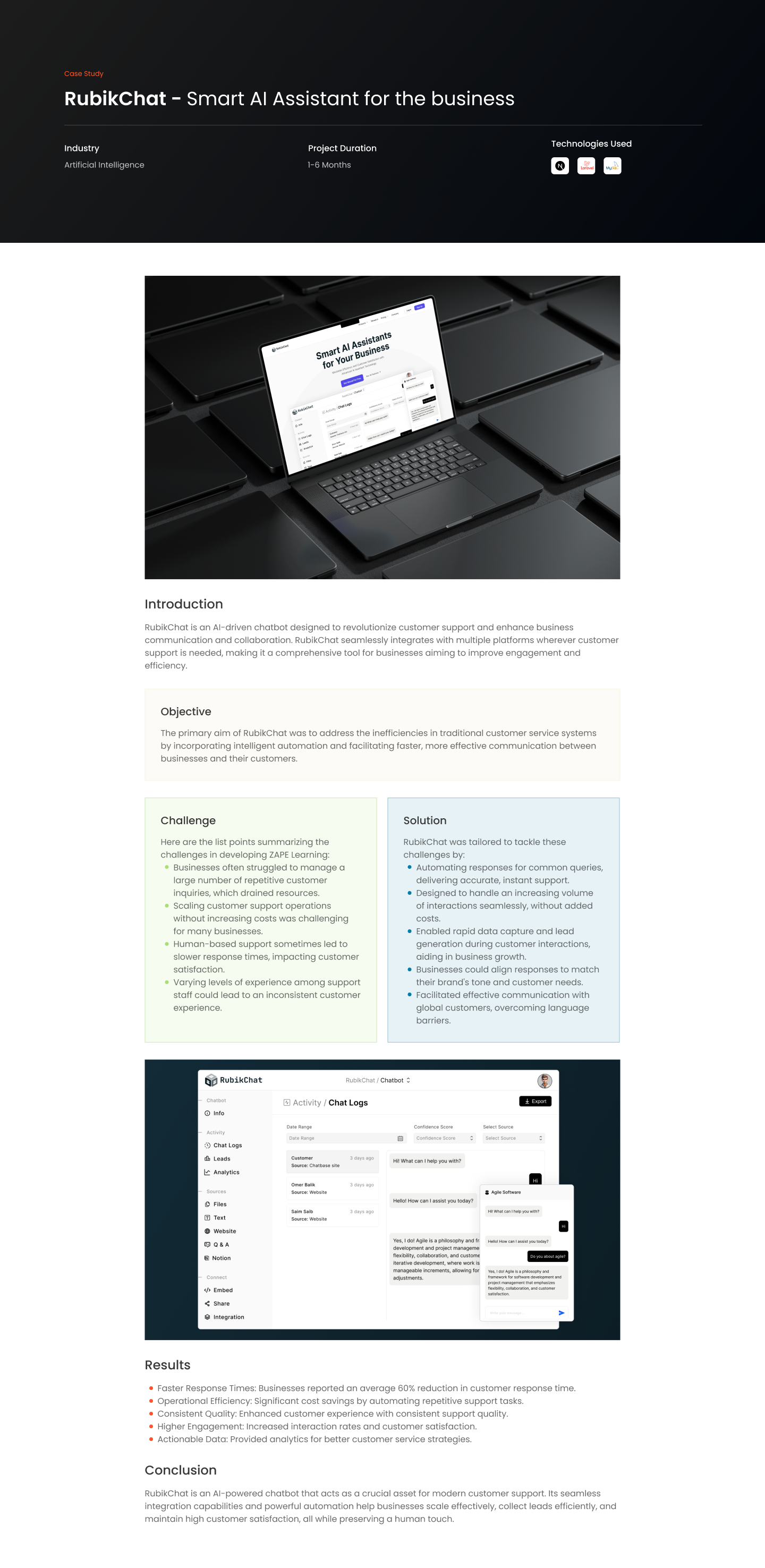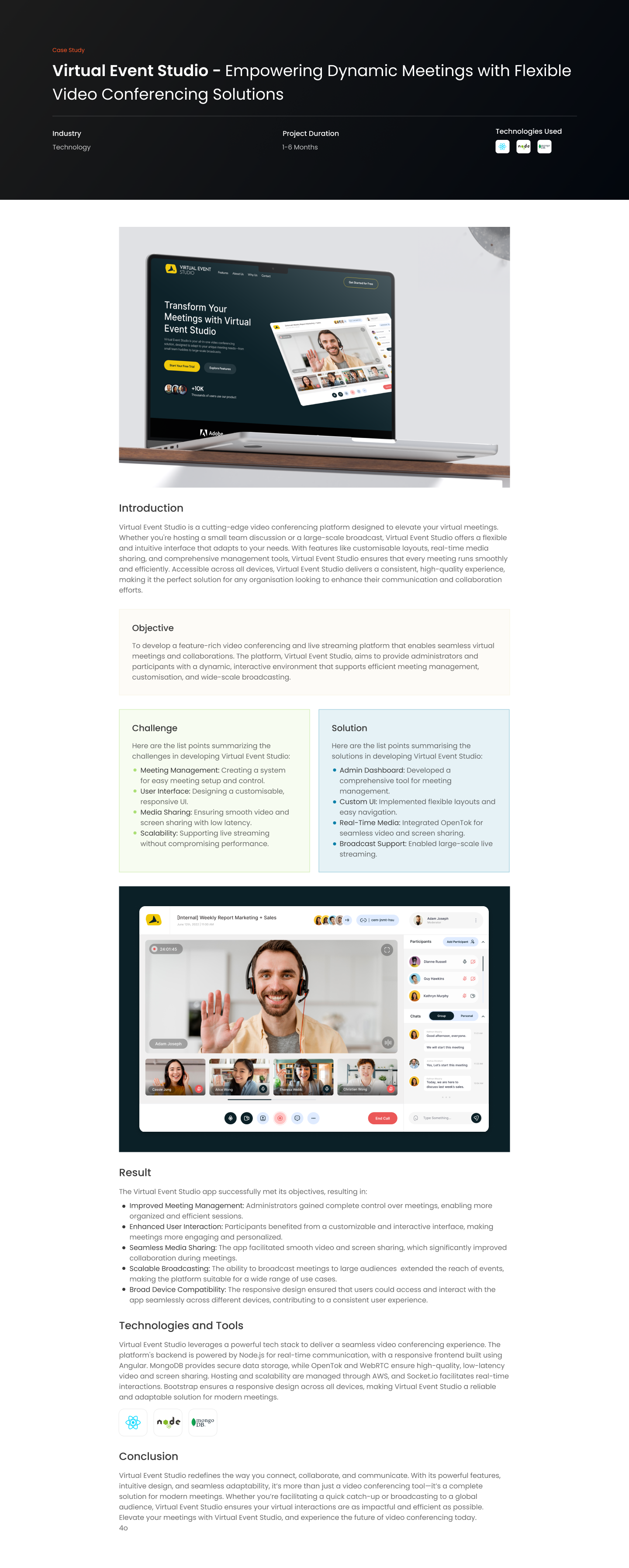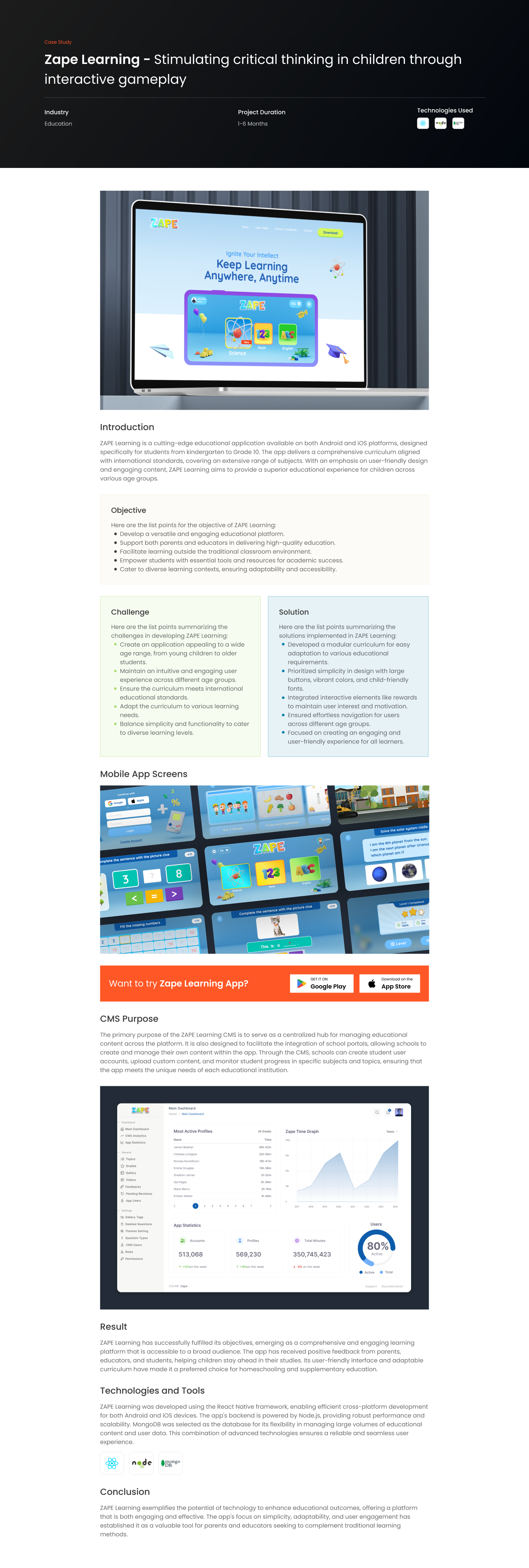Introduction
The web development landscape is continuously evolving, adapting to the latest technological advances and user expectations. As of 2024, several key trends are shaping the future of web development, promising to deliver more immersive, efficient, and secure web experiences.
Progressive Web Apps (PWAs)
PWAs continue to gain traction, offering a hybrid of web and mobile app experiences. They’re fast, reliable, and work offline, providing users with app-like functionalities without the need to download and install traditional applications. PWAs are set to become even more prevalent, thanks to their ability to save device storage and work seamlessly across different platforms and browsers.
AI-Driven Chatbots
AI chatbots are becoming increasingly sophisticated, leveraging machine learning, natural language processing, and information retrieval techniques to offer personalized interactions. They play a crucial role in improving customer service, collecting data, and answering frequently asked questions, making digital experiences more seamless for users.
Augmented Reality (AR) and Virtual Reality (VR)
The integration of AR and VR into web development is creating new opportunities for immersive experiences. AR allows users to overlay digital content onto the real world, while VR enables the exploration of virtual spaces, attending events, and participating in interactive experiences directly from web browsers.
Blockchain for Enhanced Security
Blockchain technology is being adopted in web development to improve security and data privacy. It offers a tamper-proof data storage solution, secure transactions, and verifiable digital identities, paving the way for the creation of decentralized applications (DApps).
Low-Code/No-Code Development
The rise of low-code/no-code platforms is making web development accessible to a broader audience. These tools provide drag-and-drop functionalities and pre-built modules, significantly reducing the complexity and time required to develop web applications, allowing even non-technical users to create web apps.
Web Assembly for High-Performance Web Apps
Web Assembly is gaining popularity for its ability to allow code written in languages like C, C++, or Rust to run at near-native speed within web browsers. This enables the development of high-performance web applications, making complex applications run more efficiently.
Cybersecurity Measures
With the increasing threat of cyber-attacks, web developers are focusing more on implementing robust security measures. This includes multi-factor authentication, biometrics for enhanced security, and widespread adoption of data encryption to protect user information from breaches.
Responsive Design as a Necessity
Responsive design is no longer a trend but a necessity. Ensuring that websites are optimized for all types of devices is crucial for providing a professional look and clear vision to users. This approach aims at delivering optimal user experiences regardless of the device being used.
Dark Mode Design
Dark mode has become a preferred choice for many users, offering benefits such as reduced eye strain and battery saving. Web developers are increasingly incorporating dark mode design into their projects to cater to user preferences and enhance the visual browsing experience.
Single Page Applications (SPAs)
SPAs are designed to provide seamless web experiences by loading content dynamically without requiring page reloads. This results in faster navigation and smoother interactions, much like native applications. SPAs are expected to become even more popular, thanks to their efficient information delivery on a single page without the need for extensive navigation.











